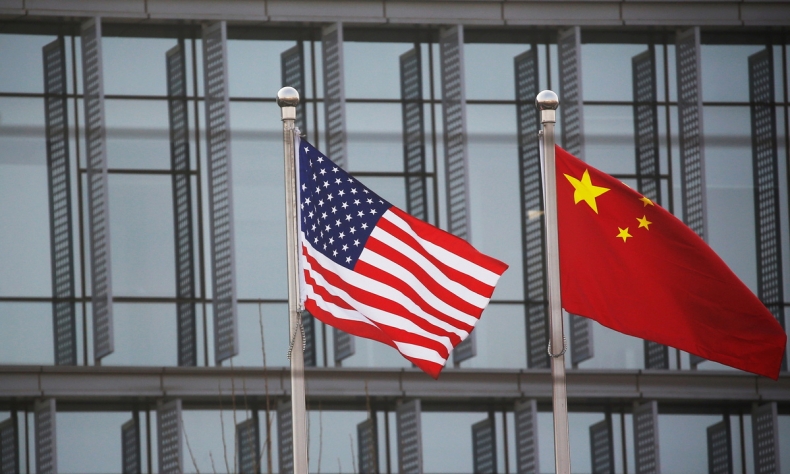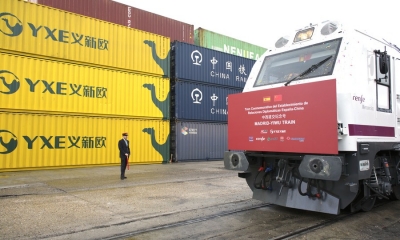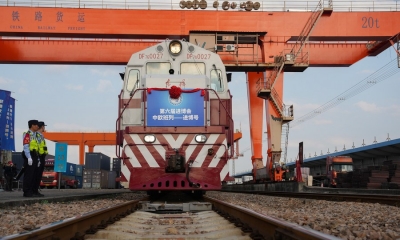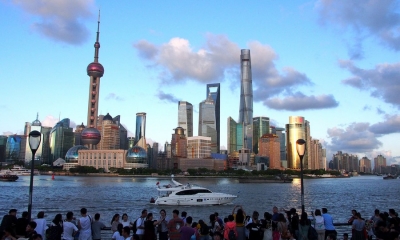Lessons of the Mao-Nixon Meeting Should Never Be Forgotten

There must be a return to common sense and stability in the U.S.-China relationship.
Feb. 21 will mark 50 years since U.S. President Richard Nixon visited Beijing and met with Chinese leader Mao Zedong in 1972. The moment was historic, particularly because it ended decades of alienation between China and the United States and symbolized a new start for the two countries and a shift from long-standing Cold War antagonism. Such a moment is seen as the foundation of the U.S.-China bilateral relationship, one which would be defined not by conflict, but co-existence, cooperation, and pragmatism. It was a moment of hope and progress.
Five decades later, it would be an understatement to say that the world has changed considerably since that famed meeting, and with it, there are risks like never before that the lessons of that historical moment may be lost, or for that matter, deliberately discarded. In fact, some U.S. politicians have sought to rewrite the legacy of the Mao-Nixon meeting as a fateful mistake. That shift was best symbolized by Mike Pompeo’s speech last July at the Richard Nixon Presidential Library, where he sought to self-define a new paradigm in U.S.-China relations summarized by hostility, suspicion, and Cold War confrontation.
It goes without saying that the United States now, in a perceived loss of self-confidence, treats China as a de-facto adversary, believing it is engaged in a zero-sum struggle for global hegemony. American politicians have weaponized hostile rhetoric on every front, have derided cooperation as a form of weakness or appeasement, and have incited paranoia, distrust, and bad faith allegations in every aspect of the relationship.
In doing so, the U.S. is not acting rationally or in its best interests, which is why the anniversary of the Mao-Nixon meeting should not be forgotten. One must contemplate the reality that at the time, Richard Nixon and Mao Zedong were of completely different ideological and cultural world views, and the United States and China as a whole were far more different than they are now. Yet, it was the utilization of diplomacy in an innovative, pragmatic, and forward-thinking way that ultimately made the establishment of a new bilateral relationship possible – one which brought much good to the world. That’s not to say that there weren’t differences or points of contention; the two countries were polar opposites, but means were established in order for them to co-exist productively.
Yet now, these mechanisms are in danger of slipping away, and there is widespread denial that the paradigm of engagement has been beneficial to the United States. The narrative created by the Trump administration that China’s development and rise have come at the expense of America is a false one. For example, Chinese students contribute $13 billion to the U.S. economy by studying at American universities; prior to the COVID-19 pandemic, Chinese tourism was worth $27 billion; and before U.S. policy turned against China, foreign direct investment (FDI) in the country amounted to $50 billion. The Chinese people have never truly seen America as an enemy to be undermined.
Therefore, there must be a return to common sense and stability in the U.S.-China relationship. The Mao-Nixon meeting demonstrates a historical legacy that hope can against all odds help us turn away from the pursuit of a Cold War mentality and hostility, and instead make it work. The bilateral relationship between Washington and Beijing does not have to be a robust agreement, a sound endorsement, or even a declaration of friendship, but it should be something that is functional, mature, stable, and with basic respect for one’s own interests. There must now be a call to reason and a return to the fundamentals and spirit set by 1972, and the communiques that followed must be the foundation of what everything else is built upon.
 Facebook
Facebook
 Twitter
Twitter
 Linkedin
Linkedin
 Google +
Google +







